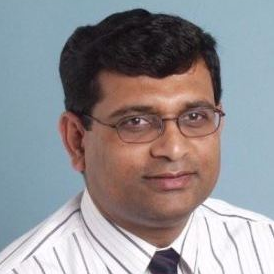Exclusive Papers Collection of Editorial Board Members of Corrosion and Materials Degradation 2023
A special issue of Corrosion and Materials Degradation (ISSN 2624-5558).
Deadline for manuscript submissions: closed (31 December 2023) | Viewed by 13145
Special Issue Editor
Interests: materials degradation; corrosion; degradation of polymer and composites
Special Issues, Collections and Topics in MDPI journals
Special Issue Information
Dear Colleagues,
I am pleased to announce this Special Issue, entitled “Exclusive Papers Collection of Editorial Board Members of Corrosion and Materials Degradation 2023”. This Special Issue will be a collection of high-quality papers from Editorial Board Members and invited scholars. Both original research articles and comprehensive review papers are welcome, addressing current critical issues in corrosion. All papers will be published in full open access after successful peer review.
Prof. Dr. Raman Singh
Guest Editor
Manuscript Submission Information
Manuscripts should be submitted online at www.mdpi.com by registering and logging in to this website. Once you are registered, click here to go to the submission form. Manuscripts can be submitted until the deadline. All submissions that pass pre-check are peer-reviewed. Accepted papers will be published continuously in the journal (as soon as accepted) and will be listed together on the special issue website. Research articles, review articles as well as short communications are invited. For planned papers, a title and short abstract (about 250 words) can be sent to the Editorial Office for assessment.
Submitted manuscripts should not have been published previously, nor be under consideration for publication elsewhere (except conference proceedings papers). All manuscripts are thoroughly refereed through a single-blind peer-review process. A guide for authors and other relevant information for submission of manuscripts is available on the Instructions for Authors page. Corrosion and Materials Degradation is an international peer-reviewed open access quarterly journal published by MDPI.
Please visit the Instructions for Authors page before submitting a manuscript. The Article Processing Charge (APC) for publication in this open access journal is 1200 CHF (Swiss Francs). Submitted papers should be well formatted and use good English. Authors may use MDPI's English editing service prior to publication or during author revisions.
Benefits of Publishing in a Special Issue
- Ease of navigation: Grouping papers by topic helps scholars navigate broad scope journals more efficiently.
- Greater discoverability: Special Issues support the reach and impact of scientific research. Articles in Special Issues are more discoverable and cited more frequently.
- Expansion of research network: Special Issues facilitate connections among authors, fostering scientific collaborations.
- External promotion: Articles in Special Issues are often promoted through the journal's social media, increasing their visibility.
- Reprint: MDPI Books provides the opportunity to republish successful Special Issues in book format, both online and in print.
Further information on MDPI's Special Issue policies can be found here.





